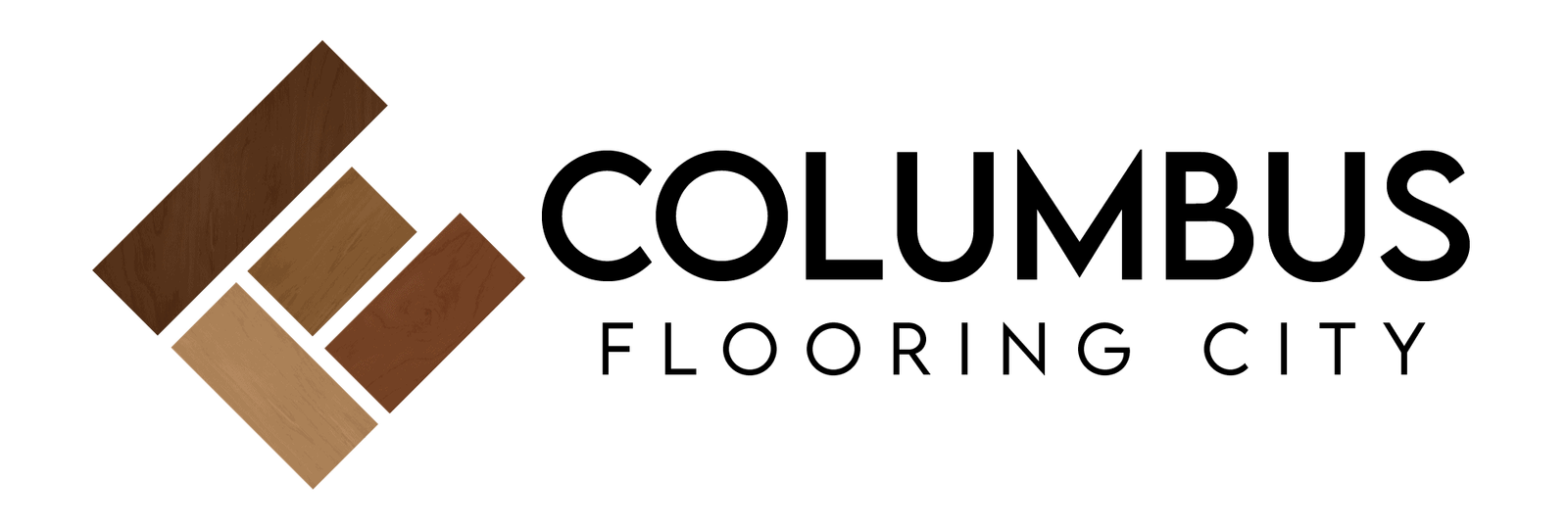Are you on the verge of transforming your home with the elegance and practicality of vinyl plank flooring? We recognize the value of making well-informed choices for your house as a seasoned specialist in the flooring industry. Vinyl plank flooring, commonly known as LVP (Luxury Vinyl Plank), has garnered immense popularity for its durability, affordability, and versatile design options. However, one vital question looms: “Do you need underlayment for vinyl plank flooring?”
Fear not, for in this comprehensive guide, we will delve deep into LVP underlayment, exploring its significance, various types, advantages, and the circumstances that might warrant its usage. So let’s start this adventure together and provide you with the knowledge you need to decide to enhance your space and last the test of time.
What is LVP Underlayment?
Before we explore the realm of underlayment, allow us to give you a clear image. Imagine your vinyl plank flooring as a masterpiece, adorning your home with its allure and resilience. Now, think of underlayment as the strong foundation that supports this work of art, making it even more extraordinary. LVP underlayment is a thin material strategically placed between the subfloor and the vinyl planks. Its purpose is multi-faceted: to offer additional support, absorb impact, reduce noise, and protect against moisture.
Types of Vinyl Flooring Underlayment
Foam Underlayment – The Silent Support:
Let’s start with the ever-reliable foam underlayment. This popular option strikes a fine balance between cost-effectiveness and performance. Lightweight and easy to install, foam underlayment acts as a silent support system, cushioning your steps and reducing impact noise. It can cater to your desired comfort level with a range of thickness options without compromising quality.
Cork Underlayment – The Natural Wonder:
If sustainability and eco-friendliness rank high on your list, then cork underlayment is a natural wonder worth considering. Extracted from the bark of cork oak trees, this renewable material offers excellent sound absorption, making it ideal for areas with heavy foot traffic or multi-level homes. Furthermore, cork’s natural thermal insulation properties create a cozy ambiance, especially during colder months.
Rubber Underlayment – The Resilient Guardian:
Picture this – a flooring underlayment that can withstand moisture-prone environments, such as basements and bathrooms. Rubber underlayment does just that, acting as a resilient guardian for your vinyl plank flooring. In addition to moisture resistance, it reduces impact noise, making it an excellent choice for high-rise apartments or bustling households.
How to Determine if You Need Underlayment
Subfloor Condition – The Foundation Matters:
The first step in unraveling the underlayment mystery is inspecting your subfloor. Are there noticeable imperfections, cracks, or unevenness? If so, underlayment can prove instrumental in creating a smooth and level surface, ensuring the longevity and aesthetics of your vinyl plank flooring.
Moisture and Vapor Concerns – Shielding Against the Elements:
Living in a region with high humidity or areas susceptible to moisture intrusion? Underlayment with vapor barrier properties acts as a shield, protecting your vinyl planks from potential water damage. It’s a minor investment that will spare you from paying for expensive repairs.
Noise Reduction – The Sound of Serenity:
Ah, the blissful silence of a well-insulated home! If reducing impact noise and creating a serene living space are your goals, then underlayment with sound-absorbing capabilities is your trusted ally. Bid farewell to the echoes of footsteps and revel in the tranquility.
Comfort – The Joy of Underfoot Luxury:
Some may underestimate the joy of walking on a cushioned floor, but those who experience it understand its appeal. If comfort is paramount, especially in areas where you spend significant time standing or walking, underlayment provides that extra layer of luxurious support.
Manufacturer’s Recommendations – Trust the Experts:
Vinyl plank flooring manufacturers are the pioneers of their craft, and their guidelines should not be overlooked. Some may stipulate specific underlayment requirements to ensure their products’ optimal performance and longevity. Abiding by these recommendations safeguards your warranty and ensures your investment is secure.
Factors to Consider When Choosing LVP Underlayment
Thickness:
The thickness of the underlayment impacts both performance and aesthetics. A thicker underlayment offers superior cushioning and sound absorption but may alter the floor height, leading to potential challenges with transitions between rooms. Getting the right balance is crucial.
Material:
Each type of underlayment material has distinct properties that cater to different needs. Cork excels in sound absorption and sustainability, while rubber stands tall against moisture. Your decision-making will be aided by your understanding of these distinctive characteristics.
Subfloor Type:
Not all underlayments are compatible with every subfloor type. Whether you have plywood, concrete, or other materials, ensure the underlayment you choose complements your subfloor for optimal results.
Installation Method:
A smooth and seamless installation process is a testament to a well-chosen underlayment. Some underlayments come with self-adhesive strips or overlapping seams, streamlining the installation and ensuring a flawless finish.
Budget:
Underlayment prices vary based on material and quality. Setting a budget allows you to strike the perfect balance between underfoot luxury and cost-effectiveness.
Which Common Underlayments Are Used with Vinyl Flooring?
QuietWalk:
If serenity had a name, it would be QuietWalk. This premium underlayment combines recycled fibers with vapor barrier technology, harmonizing noise reduction, and moisture protection to create a haven of tranquility beneath your feet.
Roberts AirGuard:
In the constant battle against moisture, Roberts AirGuard stands strong. Its superior resistance to moisture makes it an ally worth considering for areas where dampness is a concern.
FloorMuffler Ultraseal:
For those who seek the symphony of silence in their homes, FloorMuffler Ultraseal delivers. This dense, rubber-based underlayment is a maestro at a sound reduction, turning your abode into a peaceful sanctuary.
Eco Cork Foam:
Embrace sustainability with Eco Cork Foam, a delightful fusion of cork and foam. Not only does it offer exceptional comfort and thermal insulation, but it also celebrates nature by being eco-friendly.
Felt Underlayment:
Feeling underlayment reigns supreme for those seeking a wallet-friendly option without sacrificing quality. Made from recycled fibers, it offers moderate cushioning and sound absorption.
Benefits of Using LVP Underlayment
Enhanced Durability – The Key to Longevity:
Underlayment shields your vinyl planks and subfloor from the direct impact of daily wear and tear by acting as a buffer. This significantly extends the lifespan of your flooring, safeguarding your investment for years to come.
Serene Soundscapes – A Symphony of Quietude:
Underlayment’s sound-absorbing properties create a serene soundscape in your home. Enjoy moving freely without bothering others, whether it’s the click-clack of high heels or the pitter-patter of small feet.
Luxurious Comfort – The Joy of Underfoot:
Picture the joy of stepping onto a floor that greets your feet with a gentle embrace. Underlayment adds that extra layer of comfort, turning your flooring into a haven of relaxation.
Moisture Protection – A Barrier Against the Elements:
Moisture damage can wreak havoc on your beautiful vinyl planks. Underlayment, especially those with vapor barrier properties, creates a protective shield, ensuring your floors remain safe and pristine.
Flawless Appearance – The Allure of Aesthetics:
Underlayment bestows your vinyl plank flooring with a seamless and polished appearance by concealing minor subfloor imperfections. Bask in the satisfaction of a floor that radiates perfection.
Conclusion
The question of whether do you need underlayment for vinyl plank flooring depends on your specific space and preferences. Understanding the significance of underlayment, its types, and considerations empowers you to make an informed decision. Transform your home confidently, embracing each step of this artistic flooring journey. May your space come alive with beauty and functionality, and your flooring adventure be filled with joy and inspiration. Happy flooring!
FAQs
What happens if you don’t put underlayment under vinyl plank flooring?
Without underlayment, your vinyl plank flooring may lack support, leading to a less comfortable and durable floor. Underlayment helps to create a smoother surface, reduces noise, and protects against moisture.
Can you put vinyl plank flooring directly on the subfloor?
Yes, you can install vinyl plank flooring directly on the subfloor. However, underlayment can enhance the performance and comfort of the floor, especially if the subfloor has imperfections.
What vinyl flooring does not require underlayment?
Some vinyl flooring products come with an attached underlayment, eliminating the need for additional underlayment. Always check the manufacturer’s recommendations for your specific vinyl plank flooring.
What should I put under the vinyl plank flooring?
Underlayment is typically recommended for vinyl plank flooring installations. Common materials include foam, cork, and rubber, each offering various benefits like comfort, sound absorption, and moisture protection.

